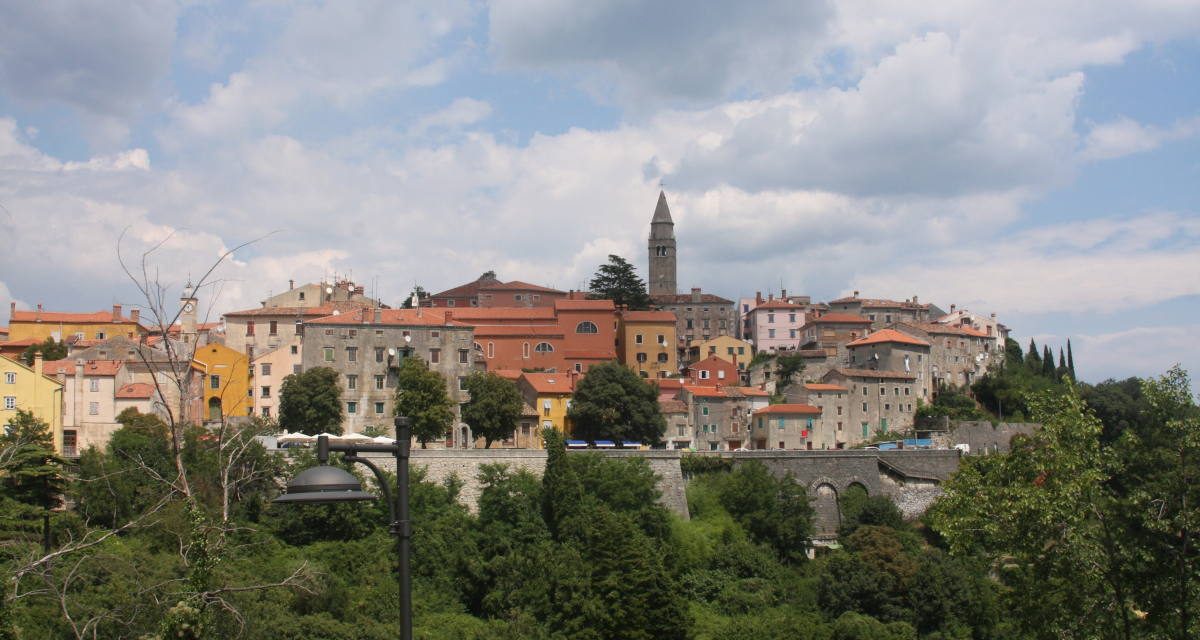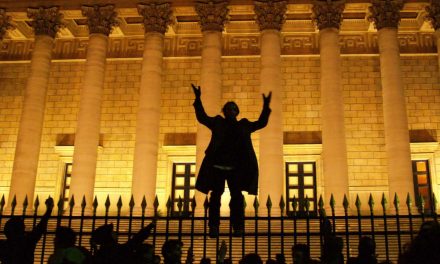The Labin Republic (Croatian: Labinska republika) was a short-lived self-governing republic that was proclaimed by miners from the Istrian city of Labin on March 2, 1921 during a mining strike. It was created in what has been described as the world’s first anti-fascist uprising.
HISTORY
With the collapse of the Austro-Hungarian Empire following the end of the First World War, Italy was given the regions of Istria and parts of Dalmatia as part of the Treaty of Saint-Germain as promised in the Treaty of London by the Triple Entente. Italy began to revitalize and exploit the population and economic potential of the occupied territories.
Before Mussolini‘s March on Rome in Italy, fascists occupied headquarters of the Workers’ Committee in Trieste in 1921, set it on fire and attacked representatives of the Raša Mining Trade Union. Prompted by this event and the exploitative character of the mine owners, the Società Anonima Carbonifera Arsa, a general strike of about two thousand miners broke out.
One of the causes of the strike was the decision by the mine owners not to pay a bonus for February 1921, since the miners had taken a day’s holiday to observe Candlemas on 2 February, although the management had abolished it as a holiday. “For the miners the Candlemas was, next to the feast of Santa Barbara, the most important day because February 2 symbolized the light.”[4]
The men were of different origins – Croats, Slovenes, Italians, Germans, Czechs, Slovaks, Poles, and Hungarians. They were led by Giovanni Pippan, sent by the Italian Socialist Party from Trieste. However, on March 1, 1921, Pippan was caught by a group of fascists at the railway station in Pazin, where he was beaten. The news reached Labin the following day and on 3 March the miners assembled and decided to occupy the mine works in response. Thanks also to the arrival of the peasants from the surrounding countryside, a “red guard” was organized as a security force tasked with maintaining order.
The miners proclaimed the republic in the occupied mines on 7 March with the slogan Kova je nasa (“The mine is ours”). They organized a government and the so-called red guard as a protection from the Italian law enforcement and started to manage the production of mines by themselves with the support of a section of farmers.
On April 8, 1921 the Italian administration in Istria, responding to requests for intervention from the mine owners, decided to suppress the republic using military force. A thousand soldiers surrounded the mine and eventually succeeded after suppressing the strong resistance of the miners. The arrested miners were sent to prisons in Pola and Rovigno. The indictment charged 52 miners. Lawyers Edmondo Puecher, Guido Zennaro and Egidio Cerlenizza successfully defended the accused, and the jury issued an acquittal.
AFTERMATH
Although never proclaimed, the Labin Republic had left unrecoverable scars on Labinština, and it had a much wider echo. This cluster of events should be interpreted in the context of the circumstances at the time, particularly in the Italian Peninsula and Central Europe. The multi-ethnic, but unique armed resistance to overwhelming fascism paved the way for anti-fascism.
The story of the Labin Republic was the subject of a 1985 Croatian film, Crveni i crni (Red and Black).
Retrieved from Wikipedia











